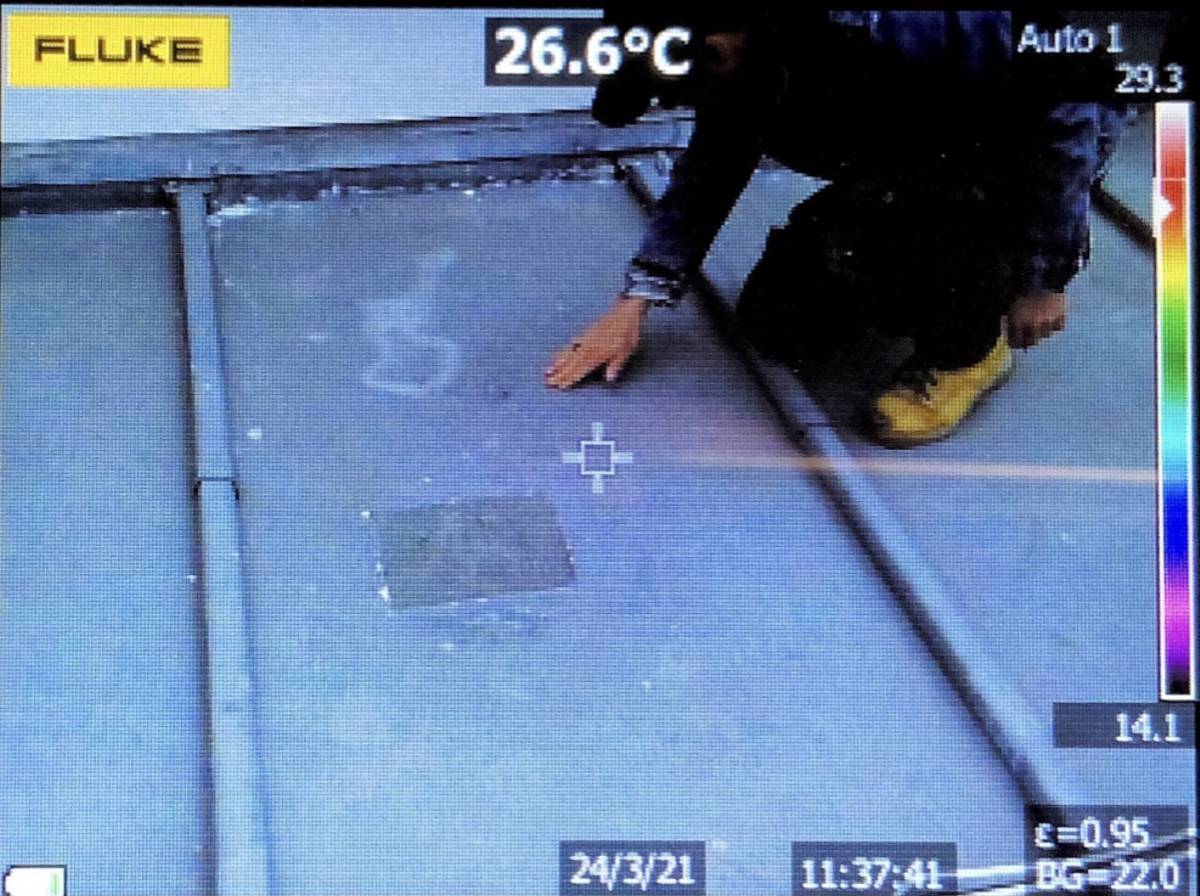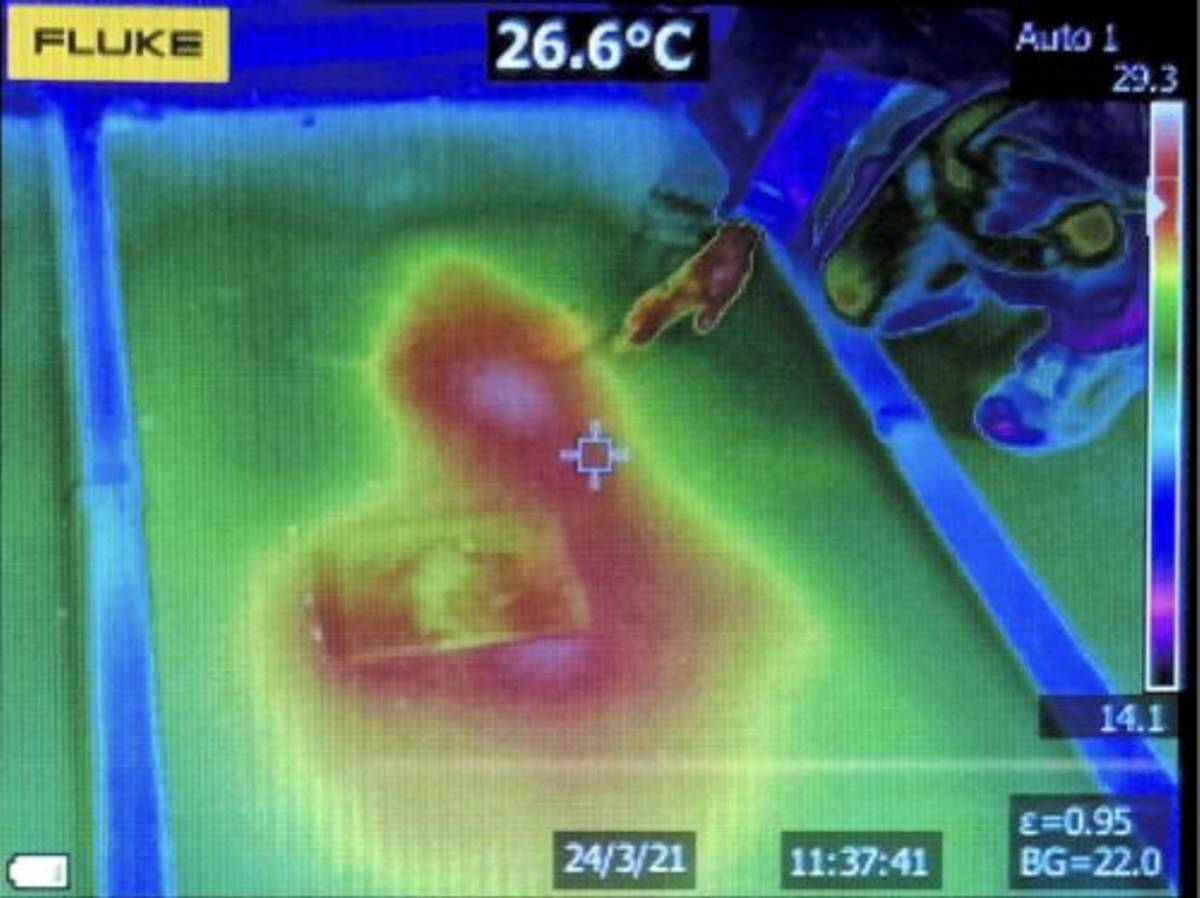Thermal Imaging can detect Water Penetration problems
Water penetration can occur due to several reasons, but not always in the places you might expect.
Bubbling or spongey walls, foul-smelling cracked flooring and damp, sagging ceilings are all signs of a leak or water damage. But by the time you spot these issues, it is already too late — resulting in potentially dangerous consequences or a costly fix.
So, how can you identify water penetration issues in a building or structure before they become a significant cause for concern?
Typical investigative methods involve surveyors taking a best-guess approach to finding the source of a leak and the extent of the damage. This tends to be an invasive process, causing extensive damage to properties in the process of isolating and resolving a problem — without any real confidence that it will prove to be a successful long-term solution.
Leon Ingram, Managing Director of London Waterproofing Specialists, discusses how structural surveyors can instead use infrared cameras and thermal imaging technology to carry out non-invasive investigations at a property and assess the presence of moisture build-up in areas that might lead to damage or are already causing it.

How do infrared cameras work?
Thermal imaging creates a visual representation of heat energy. Unlike a standard camera, which detects and reflects visible light patterns, thermal imaging cameras measure the surface temperature of an object and its surroundings to create a colour-coded map of heat distribution.
The thermal imaging camera itself usually consists of a lens, sensor, processor, memory card and display screen. When a user points the device at an area, infrared (or heat) energy within its range enters the camera through the lens and reacts with pixels located on the sensor. The processor then assigns a value to each pixel to reflect its detected heat energy level. With these pixels, the camera can create a recognisable image that is stored in its memory and displayed to the user.
The hotter something is, the more energy it emits. In the context of moisture detection, a thermal imaging camera can detect even the most subtle temperature differences. By displaying this information as a digital image, this technology can help reveal where unwanted water could be lurking out of sight — all without tearing into the structure.

Why wait for the damage to present itself?
A small level of moisture presence within a building or structure is not necessarily cause for concern. But without a technical analysis of the area, a seemingly small problem can rapidly deteriorate into a substantial (and expensive!) repair job.
Moisture build-up can occur from humidity and condensation — even our breath. Flat roofs, tanks and pipes are familiar sources of trouble in areas like warehouses, breweries and other commercial buildings. But water damage can also occur in places you might not have considered, such as improperly sealed windows and leaking sprinkler systems.
Left to spread unchecked, standing water, pipe leaks and moisture penetration will slowly erode the foundations of a building or structure — and can even spread to neighbouring structures.
These water penetration issues can cause disastrous complications for facilities and maintenance managers, such as mould, increased water bills and structural damage or collapse — plus any potential legal ramifications from failing to ensure the premises are safe and compliant with building regulations.
Ignorance is not bliss when it comes to ensuring a site is secure against a waterproofing failure. Identifying a problem early on is essential to avoid health hazards, minimise downtime and maintain functionality on-site.



















